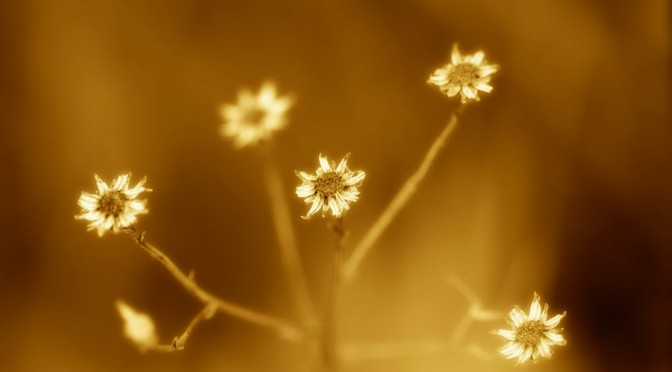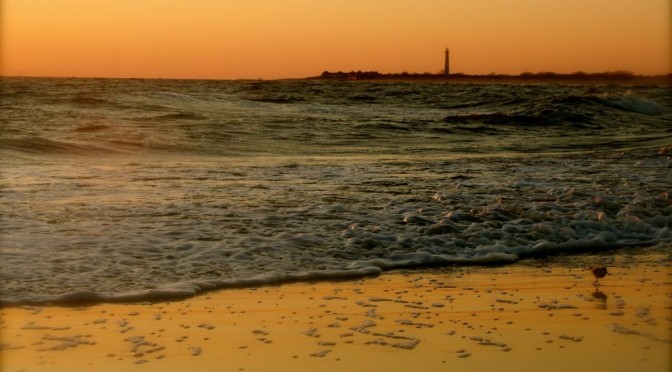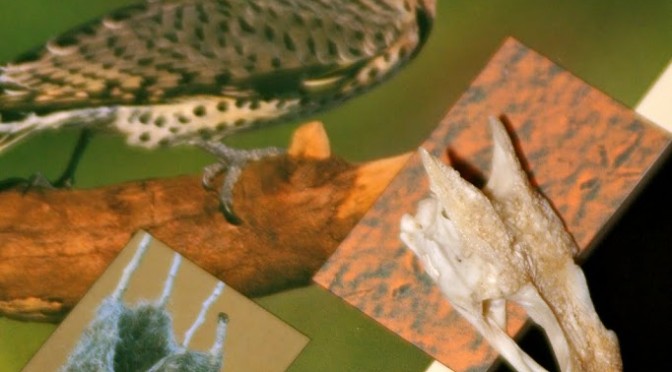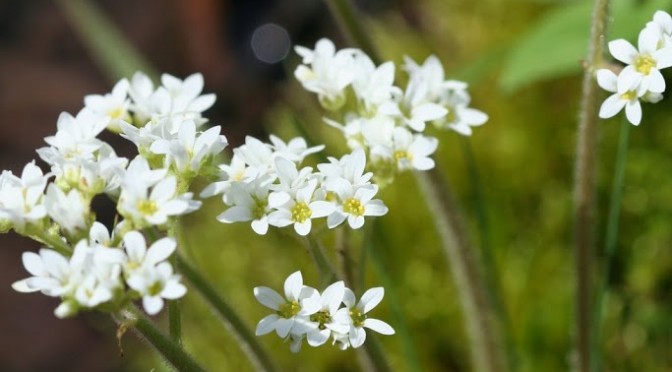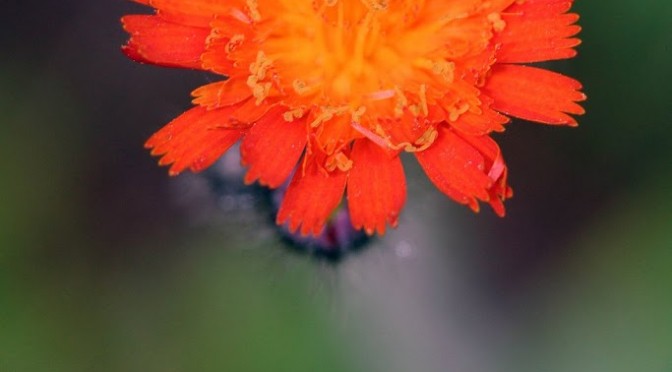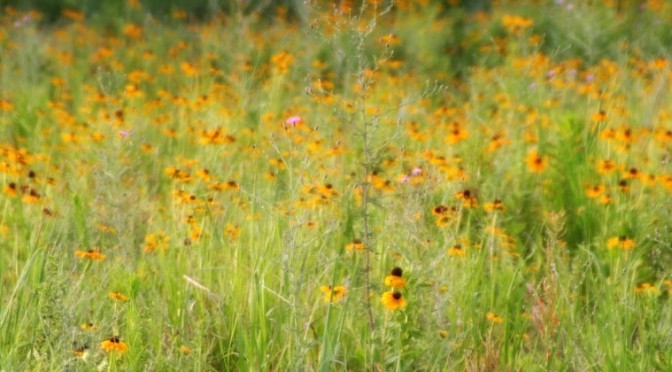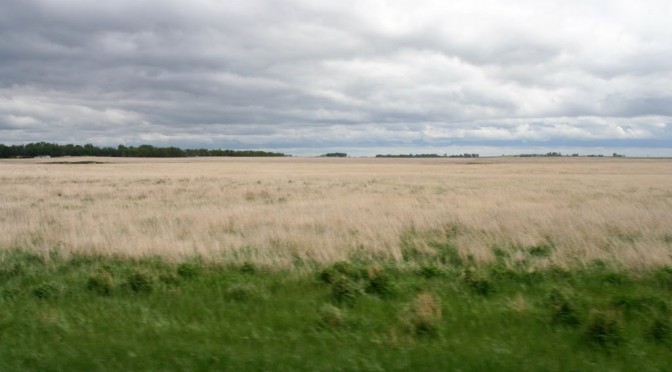Category Archives: Books
Song of the wave
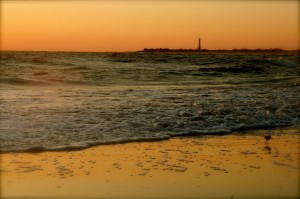 I’m about climbing the walls with it getting dark so early and having so little time outdoors most days.
I’m about climbing the walls with it getting dark so early and having so little time outdoors most days.
I’m so bored I’m actually cooking!
And I’m reading some, which is nice to have the time for again. This evening I re-read my tattered copy of Khalil Gibran’s The Prophet… which I first read back in high school. There’s an essay of his about gardening that I’ve been searching for, and haven’t yet found, but I did come across this beautiful poem by him online and thought I’d share it…
The strong shore is my beloved
And I am his sweetheart.
We are at last united by love, and
Then the moon draws me from him.
I go to him in haste and depart
Reluctantly, with many
Little farewells.
I steal swiftly from behind the
Blue horizon to cast the silver of
My foam upon the gold of his sand, and
We blend in melted brilliance.
I quench his thirst and submerge his
Heart; he softens my voice and subdues
My temper.
At dawn I recite the rules of love upon
His ears, and he embraces me longingly.
At eventide I sing to him the song of
Hope, and then print smooth hisses upon
His face; I am swift and fearful, but he
Is quiet, patient, and thoughtful. His
Broad bosom soothes my restlessness.
As the tide comes we caress each other,
When it withdraws, I drop to his feet in
Prayer.
Many times have I danced around mermaids
As they rose from the depths and rested
Upon my crest to watch the stars;
Many times have I heard lovers complain
Of their smallness, and I helped them to sigh.
Many times have I teased the great rocks
And fondled them with a smile, but never
Have I received laughter from them;
Many times have I lifted drowning souls
And carried them tenderly to my beloved
Shore. He gives them strength as he
Takes mine.
Many times have I stolen gems from the
Depths and presented them to my beloved
Shore. He takes them in silence, but still
I give fro he welcomes me ever.
In the heaviness of night, when all
Creatures seek the ghost of Slumber, I
Sit up, singing at one time and sighing
At another. I am awake always.
Alas! Sleeplessness has weakened me!
But I am a lover, and the truth of love
Is strong.
I may be weary, but I shall never die.
–Khalil Gibran
There’s something that happens about midway through this poem that causes me to laugh quietly… I’m not really sure what it is, but I love the smile it brings to my face.
Know bones?
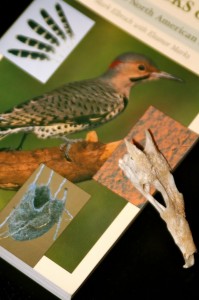 Out at Sandy Hook the other day, among the clamshells and bits of drift washed ashore, we found this part of a skull that I imagine belonged to a bird. It’s a duck’s bill, I think.
Out at Sandy Hook the other day, among the clamshells and bits of drift washed ashore, we found this part of a skull that I imagine belonged to a bird. It’s a duck’s bill, I think.
I’m not really even sure which way is up, but the bottom (pictured, I think) has an interesting texture, almost coral-like, that I imagine has happened since the bill was attached to anything living.
I checked in my Bird Tracks and Sign book, which has a section on skulls, but didn’t find anything to help me beyond the guess that it’s a duck’s bill.
Anyone know of a good online reference?
A coffee story
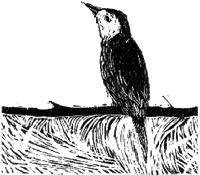 I read the sweetest little book by Julia Alvarez yesterday evening… A Cafecito Story: A Story of Love, Coffee, Birds, and Hope.
I read the sweetest little book by Julia Alvarez yesterday evening… A Cafecito Story: A Story of Love, Coffee, Birds, and Hope.
My coworker Linda, mi pana, is from the Dominican Republic and has been trying to sell me on Julia Alvarez for months. Mostly she writes something like historical fiction that spans the divide between her childhood in DR and her adult life here in the US. I enjoy the poetic way she often writes and this little book suited my short attention span of late.
It tells the story of one man’s love affair with a good cup of coffee and how the challenge of growing coffee under the shade of trees, where songbirds come to sing over the ripening coffee beans, ultimately inspires an organic shade-grown coffee company and a community. Cafe Alta Gracia is the name of that company and their coffee is available for sale through the Vermont Coffee Company.
Anyone tried it or have a favorite to recommend?
Bowman’s Hill
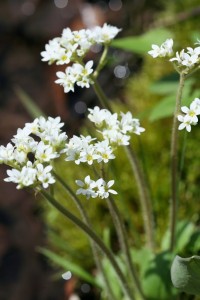 I finally made it to Bowman’s Hill Wildflower Preserve in Pennsylvania last Saturday. It’s a short drive and a world away! This time of year is all about spring ephemerals and the wildflowers there were putting on a nice show.
I finally made it to Bowman’s Hill Wildflower Preserve in Pennsylvania last Saturday. It’s a short drive and a world away! This time of year is all about spring ephemerals and the wildflowers there were putting on a nice show.
There were a few wildflowers that I haven’t been able to find in my haunts of the local woods, plus the more common ones were there in abundance. It was a real treat to see a path through the woods bursting with Virginia Bluebells, Spring Beauties, Trillium and Trout Lillies. The preserve is smallish and the trails are short, but there was enough diversity, even this early in the season, to keep me occupied for a couple hours. It’s the kind of place I can see myself visiting again and again, just to see what’s in bloom each week.
There’s a bookshop filled with goodies for the nature dork in me and I bought a great book I’d like to recommend – The Secrets of Wildflowers: A Delightful Feast of Little-Known Facts, Folklore, and History by Jack Sanders. I imagine I’ll make use of its bits of folklore and poetry often here in my blog.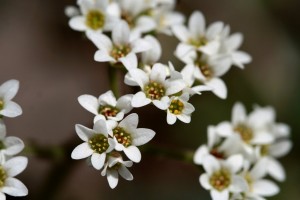
This pretty flower was a new one to me: Early Saxifrage. It likes to grow in cool rocky places that are wet in the springtime. I found it growing all along the little creek that meandered along the Marsh Marigold Trail. Its flowers are tiny, tinier even than spring beauties. Very dainty and sweet!
The world’s worst dog
I finally sat still long enough to watch “Marley and Me”. What a sweet movie. Most of Marley’s antics felt very familiar, as I imagine they would to any owner of a Labrador.
I’d read the book years ago when it first came out and I think this is one instance where I enjoyed the movie more than the book.
Just don’t watch the end.
Questions we didn’t know we wanted to ask
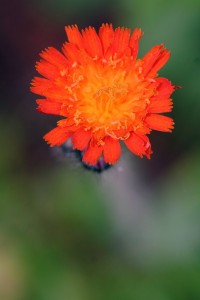 I don’t think I’ve mentioned that I’ve not been teaching for the last year or so. I miss my students at the community college, miss their stories, miss the chance to work so closely with a small group of (almost) eager learners.
I don’t think I’ve mentioned that I’ve not been teaching for the last year or so. I miss my students at the community college, miss their stories, miss the chance to work so closely with a small group of (almost) eager learners.
I was digging around in the attic the other day and came across a lesson I’d liked to use in the mid-point of the semester on questioning techniques. It’s something we readers do automatically; question as we read, but it’s a skill that less-seasoned readers need help with.
I’ve always been a questioner; not ever satisfied with the surface answer, always intent on whatever lies beneath. I’m sure that as a child this drove the adults in my life half-nuts, and I know it drives my present-day students to distraction. I’m not the type of teacher who returns papers with plain check marks in the margins or terse comments in red ink; instead I’ve always hoped for my students to think a bit deeper and tend to ask questions that make them consider another viewpoint or angle… prodding at their laziness or inattentiveness. I like the chance to dangle speculation before them, or even wonder.
Imagine that! Wonder in the classroom!
So… while the course I teach is one of reading strategies, the writer in me tries to give back some of the kind of questioning that continues to be crucial to my own growth, as a writer (!) and as a person. I like to introduce the idea of questioning and speculation with the use of Pablo Neruda’s Book of Questions, wherein the poet asks a series of questions, without ever really caring if a response is likely, or even possible. Neruda’s questions invoke vivid images and tend to demonstrate a unique way of seeing and questioning… just as an example or two:
Why do the leaves kill themselves
as soon as they turn yellow?
How do the seasons discover
it’s time to change their shirts?
Some of the things I work on with my students during discussion are:
Which is more important: the question or the answer?
Which is more powerful?
Do all questions have answers? Is there only one right one?
Do we all ask the same questions? In the same way?
A part of what I’m hoping my students will discover with this exercise is that we all have a unique perspective and this *stance* is important to consider in our writing as well as in our reading of other authors.
My favorite part of the lesson is giving students the time to come up with their own questions, using Neruda’s as a model. There’s a fair amount of imitation, but the whimsy is palpable and fun! I encourage them to be playful with language and subject matter, like Neruda. Nothing is exempt from wonder, right?
Some favorites:
How come people say the moon is made of cheese and not waffles, for example?
Why do flowers bloom out and not in?
Who do we make mistakes?
How come there are more girls than boys in the world?
Where does Jimmy Buffet get his songs?
Why do cookies disappear faster when you’re not the one eating them?
I love that last one!
Of course you know to expect this, but…
What questions are you just dying to have answered?
What would you ask if no one dared laugh at your silly question?
4, 5
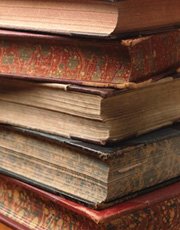 I wish that I could report better than minor progress at #4 and 5 on this list, but the fact is that I’m just manipulating my own silly rules.
I wish that I could report better than minor progress at #4 and 5 on this list, but the fact is that I’m just manipulating my own silly rules.
So while I don’t recall buying any new books lately, there were a couple Christmas gifts.
And I’ve been making liberal use of the local library.
Gone are the days when I could immerse myself in one book at a time. I’m not sure why, but I can’t seem to find the time to concentrate fully enough. So I’ve been reading light or hopscotching from book to book, mixing up plots and characters. Adds to the fun, maybe.
In the last couple days I finished:
Letters to Sam: A Grandfather’s Lessons on Love, Loss, and the Gifts of Life by Daniel Gottlieb
Gift of the Sea by Anne Morrow Lindbergh
Living on the Edge of the World: NJ Writers Take on the Garden State
I’m partway through these:
Twelve Moons of the Year by Hal Borland
A Book of Days by Hal Borland
Seasons by Hal Borland
The Gate House by Nelson DeMille
Stiff by Mary Roach
The Last Lecture by Randy Pausch
Duma Key by Stephen King
Plant Seed, Pull Weed: Nurturing the Garden of Your Life by Geri Larkin
Doodles and Daydreams: Your Passport for Becoming an Escape Artist by Bill Zimmerman – a Christmas gift to myself!
The Essential Rumi translated by Coleman Barks – another Christmas gift to me!
The Poetry Home Repair Manual by Ted Kooser – I’ve been reading this one since early June, I think, trying to make the fun last.
I won’t mention the books that remain untouched on the *to be read* pile. But it is getting smaller – honest!
So… what have you read lately that’s any good? Want to add to one of my lists?

September’s Certainties
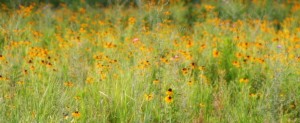 There are the certainties of September, a month by grace of the calendar but a season by its own insistence. Now comes the time of pause and slow transition, a time neither new nor old, growth nor completion. Summer nor Autumn.
There are the certainties of September, a month by grace of the calendar but a season by its own insistence. Now comes the time of pause and slow transition, a time neither new nor old, growth nor completion. Summer nor Autumn.
There is the certainty of fire in the maples, now evident in the coals and brands of the sumacs. The coinage of October is now being minted in the elms, and the ripeness of the grape is forecast in the big New England asters, purple as amethysts. The certainty of Indian Summer’s mists is there in the thistedown and the finespun silk of the milkweed. The frosts to come are foreshadowed in the froth of small white asters at every roadside.
The crows now know the certainty of their own tenure and proclaim it loudly. The jays no longer make any secret of their presence or their coming inheritance. The cricket and the katydid tell the darkness the certainty of time and its implacable demands. The whippoorwill and the owl exchange confidence in the night, reluctant companions in the slowly shifting eternity of starlight.
There is the certainty of sun and evening light, which mark the time of change in the breadth of a shadow, the depth of dawn and dusk. Two more weeks and the compass can set its needle by the morning sun. Yesterday’s new moon will wax toward the fullness that will double the certainty of the equinox.
September makes its own commitments, abides by its own inevitabilities in the decisions of time.
–Hal Borland, Sundial of the Seasons
If I were to make a short-list of favorite nature writers, Hal Borland would probably be at the top of it. I love the way his writing so often sounds like poetry, yet gently teaches me things about astronomy and botany and phenology.
Do you have a favorite nature writer? Can we share short-lists?

Skywatch Friday
–Kent Haruf in West of Last Chance
Visit here for more Skywatch posts.
